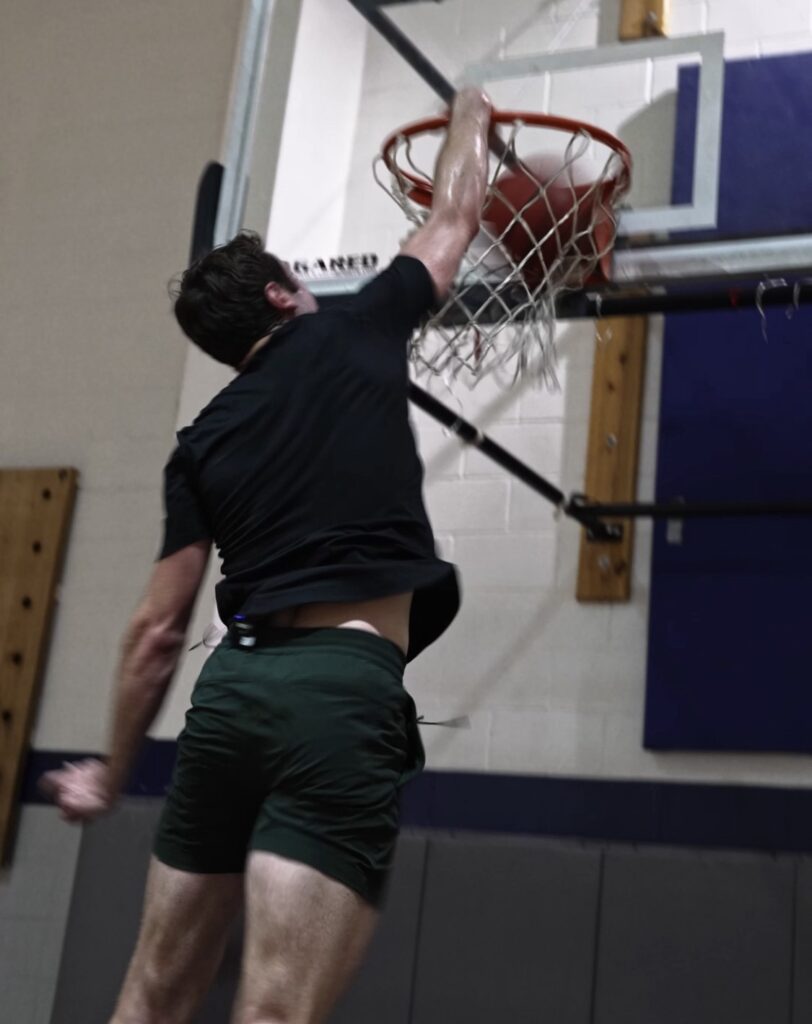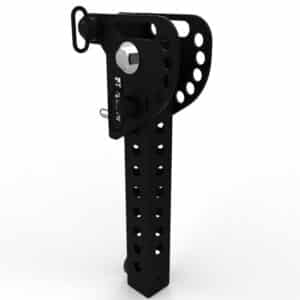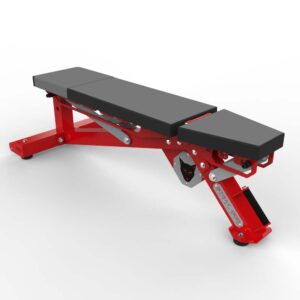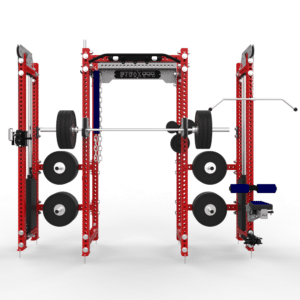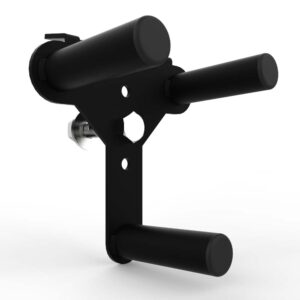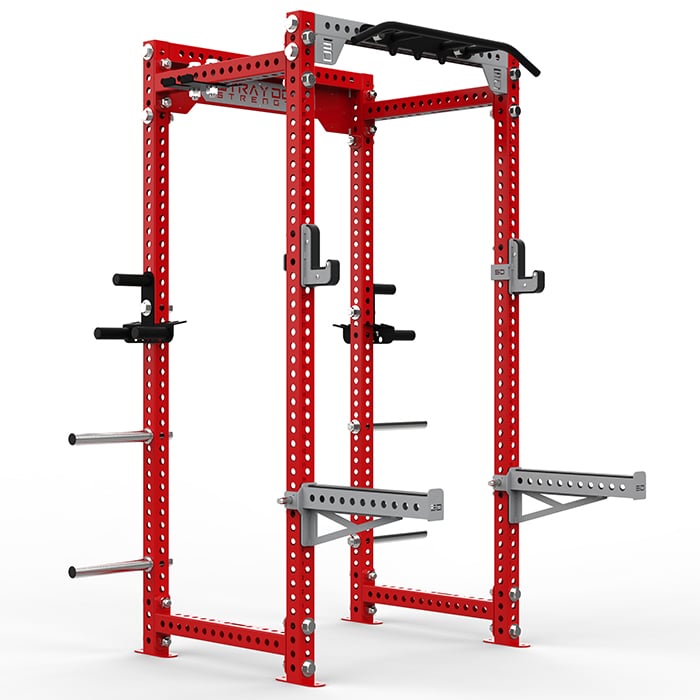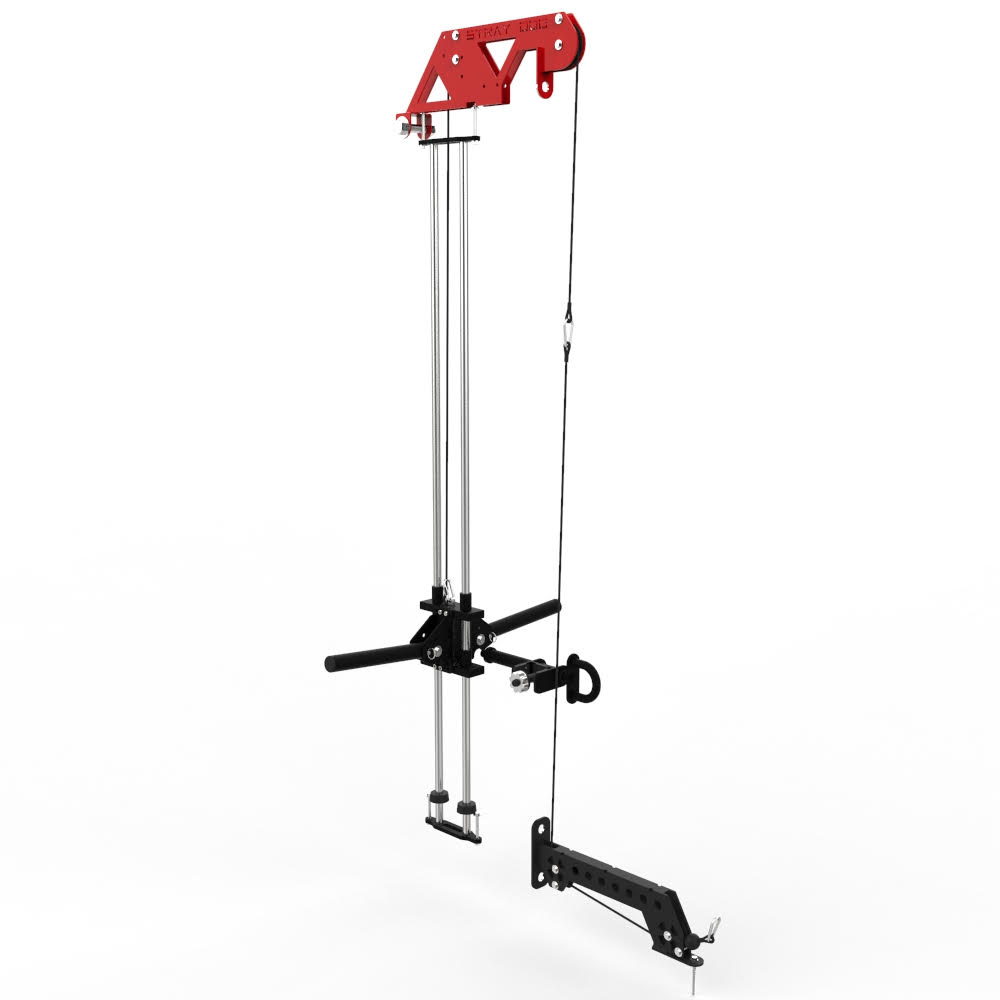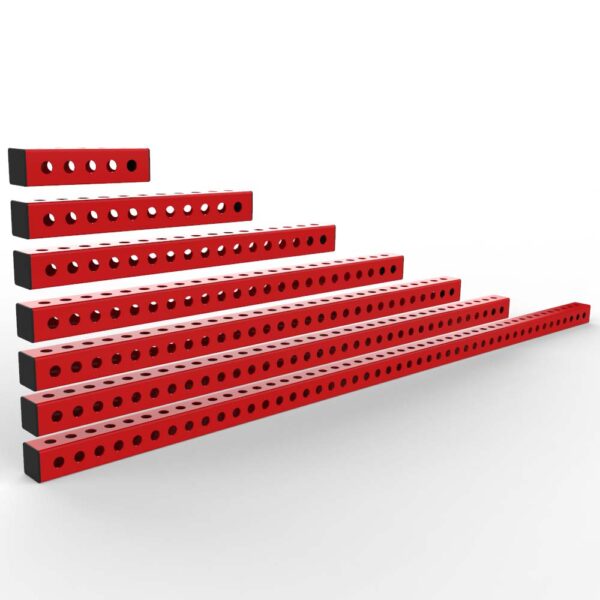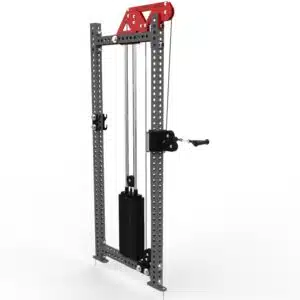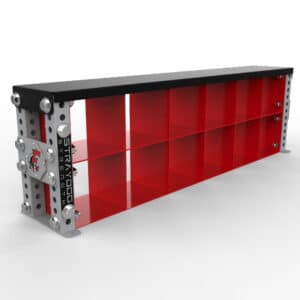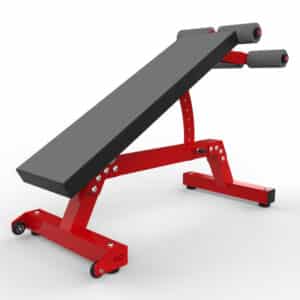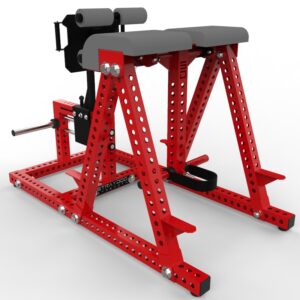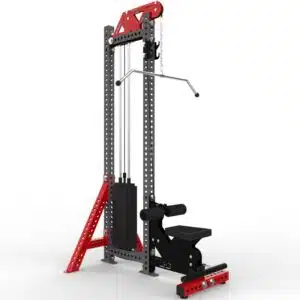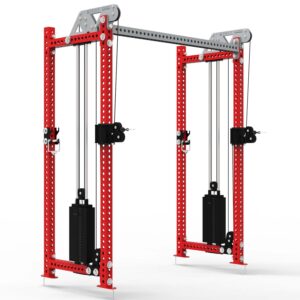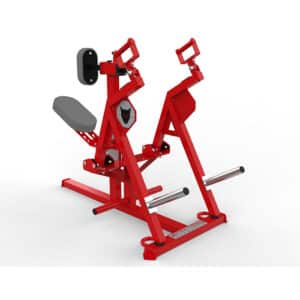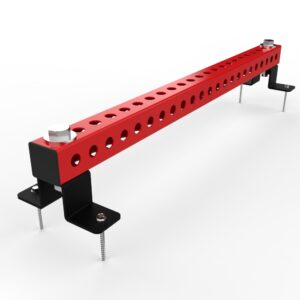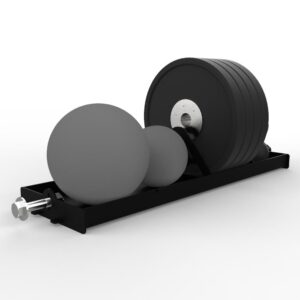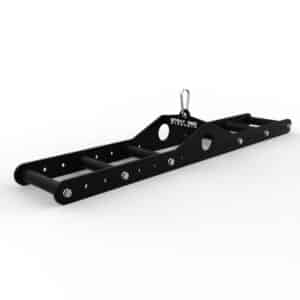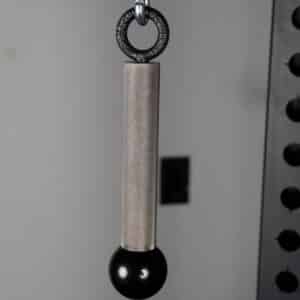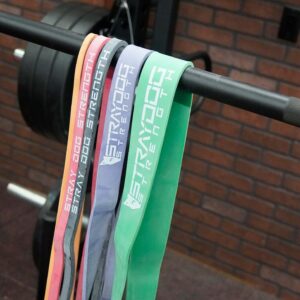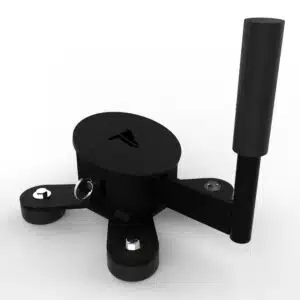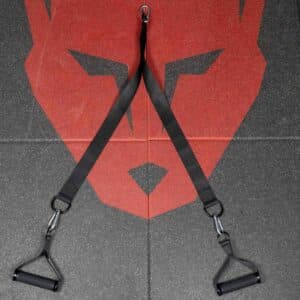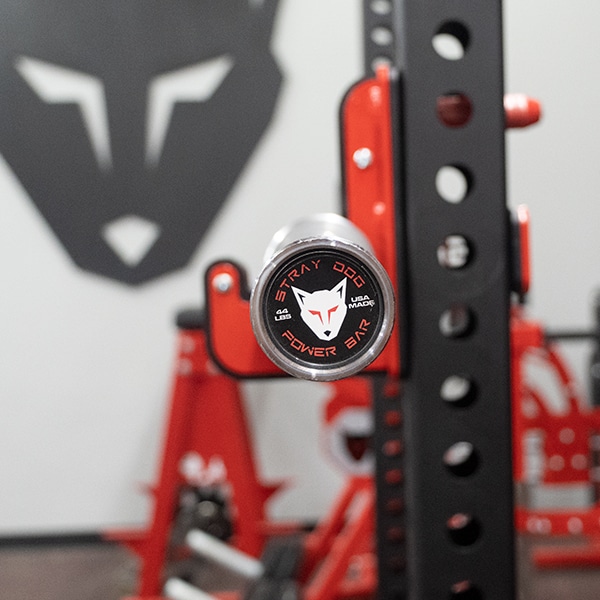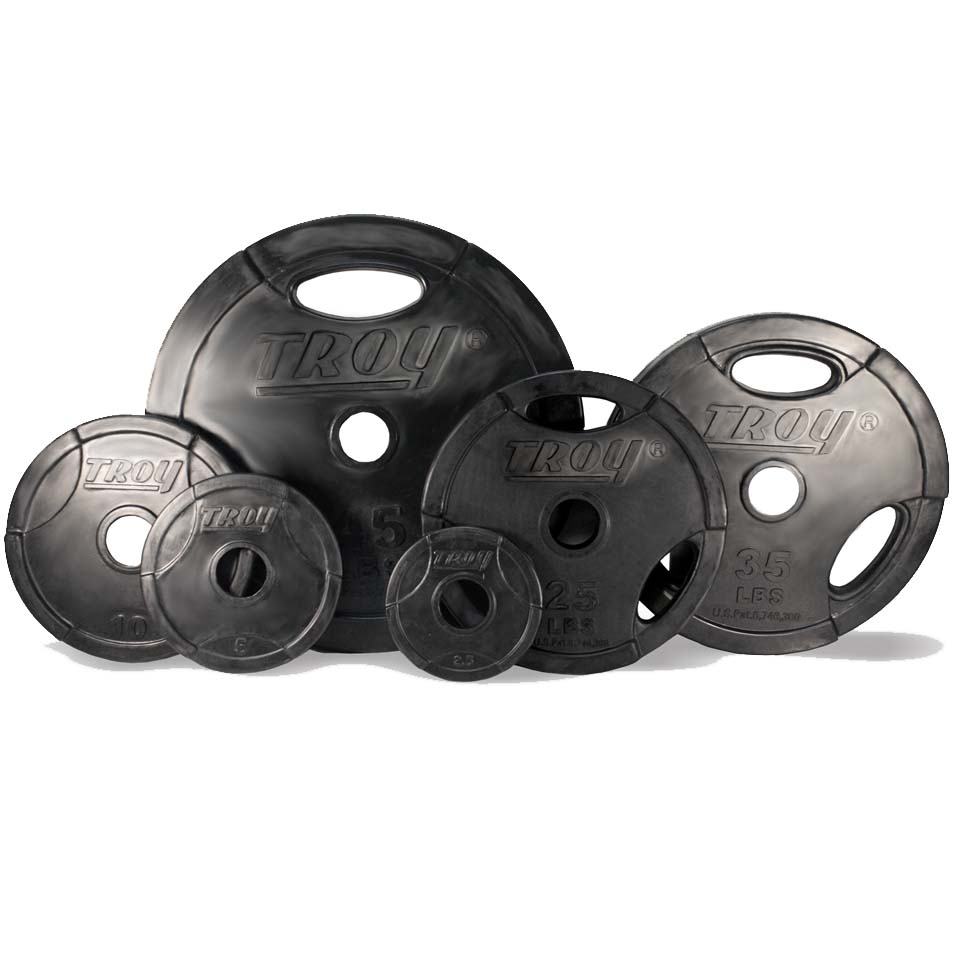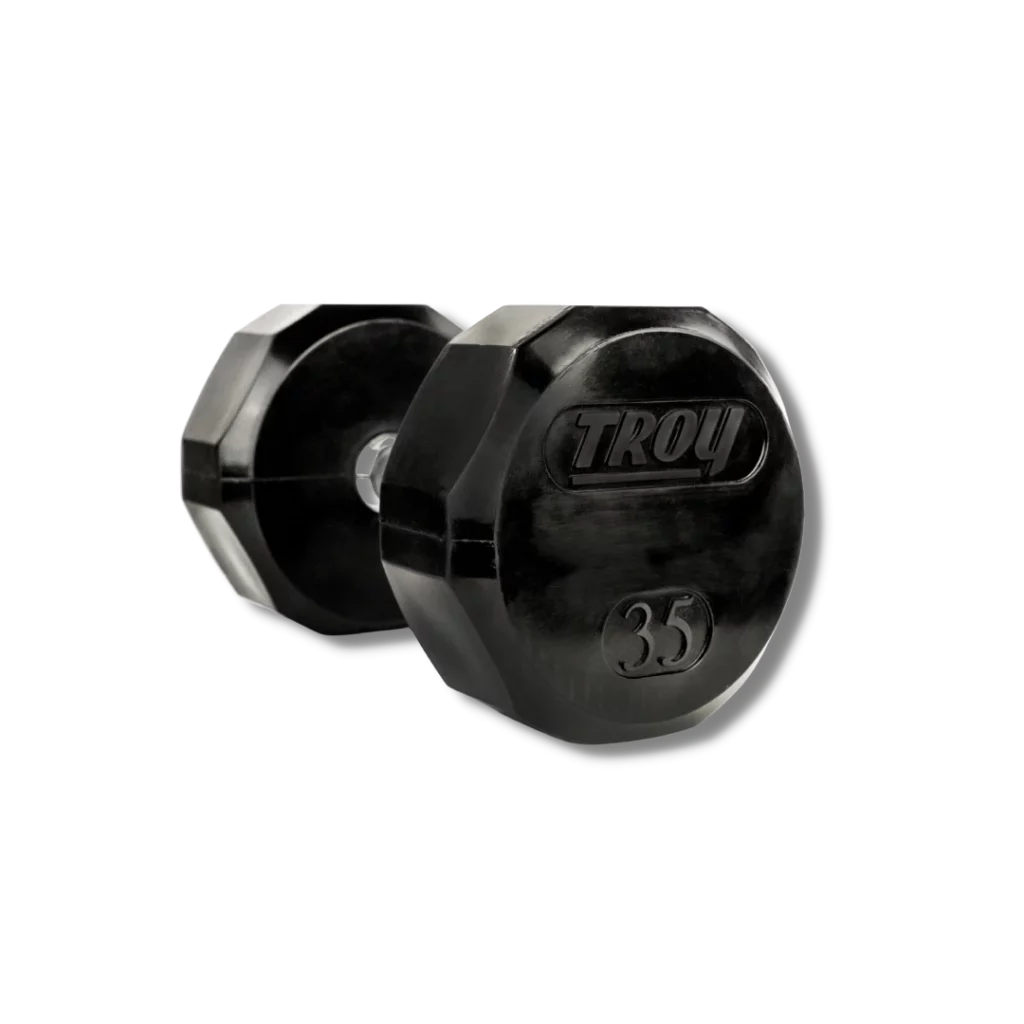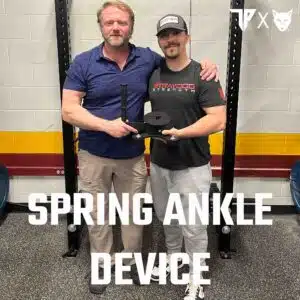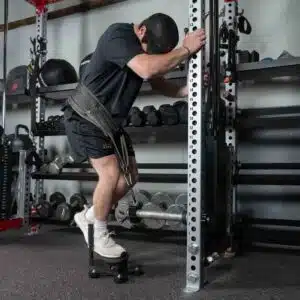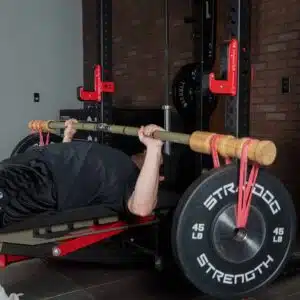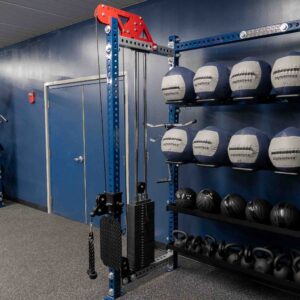My 8 step return-to-sport checklist
There is a massive disconnect between rehab and sport. This checklist solves that.
Step 1: When you push a sled forward, your knees have to go over your toes in order to efficiently move it. But let’s imagine you put 10,000 pounds on the sled. You wouldn’t get hurt. It just wouldn’t move. So pushing a heavy sled in a controlled manner becomes your safest way to prepare for those actual sport positions when the knee is under load. This also turns into insanely effective CARDIO. Sled work is why I finish playing basketball and can still jump like a machine. I just don’t tire when I play basketball like normal people do. I also destroy elite athletes on the sled. Meaning: Compared to anything I could demonstrate to you in the weightroom, I would be most likely to kick your butt at sled stamina, and I would be most likely to kick your butt at KNEE STAMINA in sport. These two facts are very closely related.
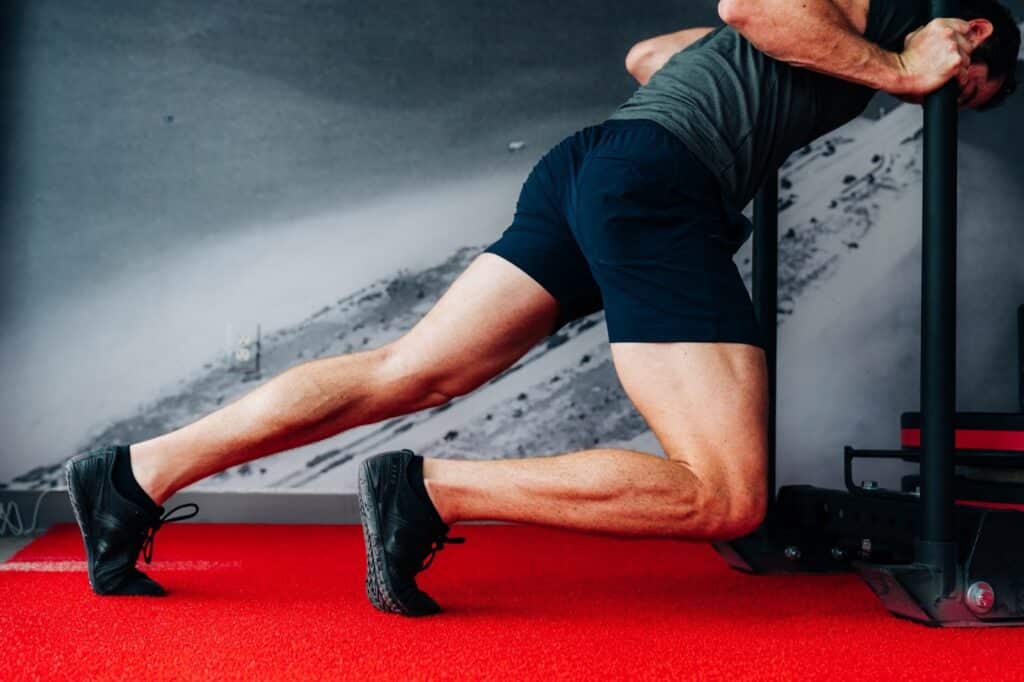
Step 2: No matter how good you get pushing a sled, pulling it BACK to the starting position adds a whole new element of bulletproofing for sport. Even if someone can stick with me forward on the sled, they are very likely to get left in the dust when it comes time to go backward. Both forward and backward are arguably the most ATHLETIC form of cardio, the most HEALING form of cardio, and the most NATURAL FORM OF STRENGTH EXERCISE.
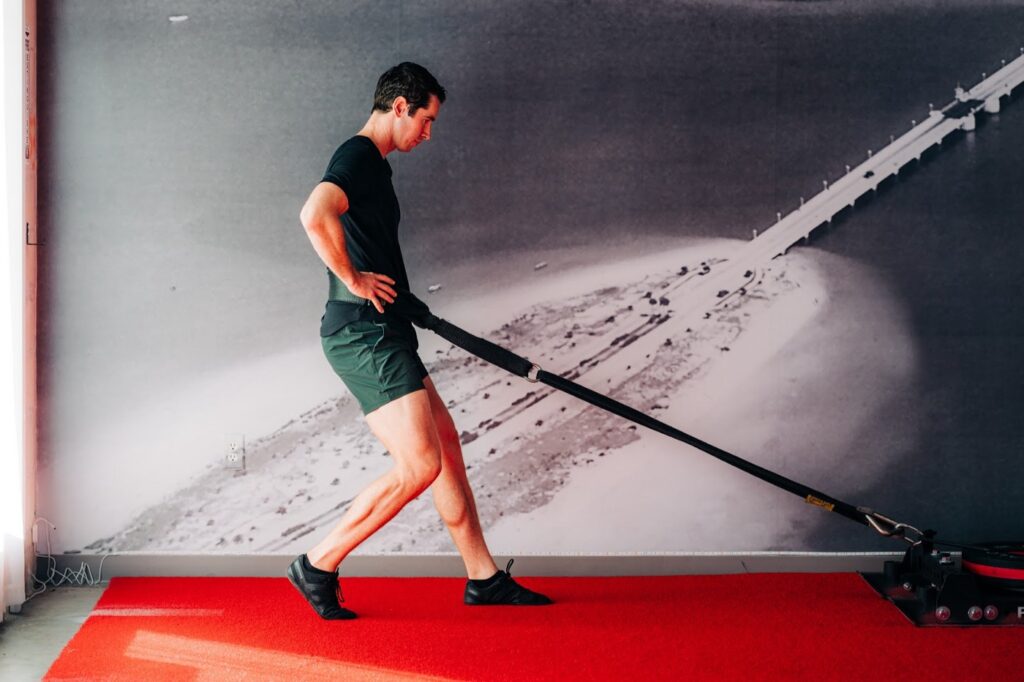
It’s no wonder the highest jumpers I have ever tested had the greatest ability on the sled over all other weightroom exercises.
50 yards forward and 50 yards backward form a go-to workout that I do 5 days a week in ATG Essentials. I write the workouts fresh every week and sometimes I mix it up and do MORE, but 50 yards each, forward and backward, are my daily minimum.
I’ve been using my friend Derek’s gym (@mr1nf1n1ty on Instagram, YouTube, TikTok — he’s possibly the youngest-performing 43-year-old on the planet), and his turf allows the sled itself to smoothly (without getting too close to the walls) glide 10 yards each way. This means we do 5 round trips.
IMPORTANT NOTE: We start slow, and we gradually ramp up over the 5 trips. So by the end, we are exerting at 100%. If you don’t have an out-of-body experience, you probably need a little more weight on the sled. We actually NEED the weight to be enough to slow us down, load our big toes, feet, and ankles, and REDUCE undue stress on the joints while maximizing the blood flow to the tendons themselves to heal. It is SMOOTH the entire time.
So: The Forward Sled is the most relative to transitioning back into sports, but the Backward Sled adds an element that I would not want to live without! It’s the secret sauce for longevity and “bounce.”
Step 3: Sled BEFORE you play your sport. Yep: Within one hour of your sport you should be getting in your 100 yard (50 each) minimum. This actually gets the blood-flow process started while giving you even more long-term gains. I fear the athlete who does this. I am coming at the neck of the athlete who doesn’t.
So yes, Steps 1 and 2 are the same as Step 3, but that’s because I’m literally stressing how important it is to do BOTH Steps 1 and 2 before playing.
*NOTE: during the pandemic I started doing the Zero formula beforehand instead of steps 1–3! That was the primary intention of it: to rebuild from the ground up without any equipment whatsoever. I lived many months with no equipment at all, and even once adding back in equipment, I used Zero as my warm-up before hitting the court.
Step 4: In your actual sport warm-up, SPORT BALANCE! Let’s look at this in basketball, which we call “Jump Balance.”
When I’m in the lay-up line for basketball, I cycle through 4 DIFFERENT jumps. First I jump off my right leg, then my left leg, then a right-left two foot jump, then a left-right two foot jump. See what I mean?
Kobe has the most career dunks off all 4 plants.
Most players are horrible at one or more plants and are delusional about how talented they are, while also massively increasing chances of “freak injury” because of awkward mechanics. A real example is Derrick Rose, who had ZERO CAREER DUNKS OFF HIS RIGHT LEG OR WITH RIGHT-LEFT PLANT. This means the right tibialis and quad were NEVER loaded like the left! So on a routine hop-stop which his right leg SHOULD have handled, he blew out his ACL with a completely incorrect step. And to this day he probably thinks it was a freak injury. I know this because I have NBA strength coaches who are my online members and have absolutely no idea about this stuff. Strength coaching as a profession is EXCELLENT at understanding powerlifting and is in the stone ages when it comes to understanding joints.
So every time I warm up to play basketball, I’m not only preparing my mechanics and becoming a more skilled player, I’m causing more balanced adaption to my body. Few — if any — people know what it’s like to reach age 20 having never grabbed the rim, yet at 30 are easily dunking off all 4 plants. It’s the training that makes it possible, but without the actual practice of jump balance in warm-ups, I would not have gotten as full of jump balance results.
Many players had the effects of this without even realizing it. For example, Michael Jordan jumped primarily off his left leg OR right-left with two feet, making the actually impacts into his body far more balanced than Derrick Rose’s impacts were. Also Jordan broke his left foot early in his career. Because he had such a psycho work ethic, Jordan went against doctor’s orders and was dunking hundreds of times off his right leg early on in rehab before he could even jump off his left leg! If you go back and look at the tape you’ll see that he added a whole new level to his explosiveness by making his weaker right leg even stronger. It was after this that he won back to back NBA slam dunk championships, and despite what anyone may say, you can look at the tape and see that he never jumped any higher than he did then, and only gradually lost vertical leap over time from that point.
I got Derek to be able to dunk off either leg. He’s 43. BUT HE IS NOT 43. He beat my team by 1 point yesterday. I really wish we’d filmed it because the YouTube world would freak out if they saw what a 43-year-old performance can look like. This guy can dunk off either leg and plays with incredible stamina. I fly back to LA tomorrow and when I return to FL in March and resume my pro-am games, I’ll come up with a fun flow for YouTube so you can see Derek and me hooping. From fragile… to freaks.
This same concept would apply to soccer players, who also will be found delusional about just how talented they really are.
Doesn’t mean you have to do jump balance or kick balance or throw balance… just means you’d have a healthier body if you patiently became good at it, and you’d potentiate greater total explosion because you’d be increasing the total power of both sides.
Step 5: Focus on just ONE MOVE. If you haven’t been playing for a while, you might surprise yourself at how WELL you play by focusing on just one move series when you warm up and play. Most players have too many dull moves and not one really sharp move. The best scorers in NBA history, for example, average the most points per move series, meaning from a single move setup they can score over and over and over. Lesser players usually have more moves — but not one of them as effective. Even the most sensational moves you see are usually counter-moves to the main move. The point is, you might just unlock the best performance of your life by rebuilding your skills back to zero, figuring out your most effective move, and progressing from there. This also reduces injury-risk since you can predict and warm up exactly what you’re going to use in the game, and you improve your stamina because you have fewer wasted motions. Many lesser players don’t realize they’re exhausting themselves with 5 different B- moves, when the best players are using just 1 or 2 A+ moves. Next time I play I would love to give you a real example and show you warming up with just one move series, plus jump balance.
Step 6: Play SHORT but INTENSE. This is both observation and science. I feel there is higher risk of random injuries when you intentionally “play down.” And I feel that you get in far better shape by playing your best, even if it’s brief. So that’s what I advise people to do: Play like it’s the NBA Finals, but for no more than half an hour.
Step 7: Play once per week before you play twice per week, and take a serious look at your life before playing more than twice per week. Most college and pro sports only have 2 games per week anyway, so you have to ask yourself what your goals are. I believe once or twice per week is a beautiful little cardio addition to your life and I think that amount can make you even healthier due to the stimulation. But sports do have their imbalances and human bodies weren’t designed for such extreme use of specific motions. If you’re on a team, you’re subject to how insane your coach is. My mission in life is popularizing sleds and getting coaches to stop running their players more than in the games, and instead use sleds. It’s suicide to athletes’ bodies to do more running than what’s already done in the games.
If you want to see Derek and me kick a D1 college athlete’s ass on the sled, click here: https://youtu.be/Jg2Cg3nGgn4
The athlete in this video is actually an amazing person and I hope he works for me after college. The point is that his coaches and the sports coaches all over the world don’t understand that they could make healthier, and, wait for it…
WAY MORE MENTALLY TOUGH PLAYERS
…by swapping more running for the sled.
Derek and I are happy to put your coach on the sled with us and show them where their own physical and mental toughness stands, while proving to them first-hand how the excess running is negatively affecting their players’ lives and not maximizing their team’s ability to win.
Step 8: Flexibility. From full range of motion strength training and key stretches to correct areas, we all get tight from sports. Sports get into excessive tightening actions. Key stretches and strength movements with full range of motion are needed to balance out. The results are life-changing. If you’re not mastering these in your training, you’re leaving money on the table and asking for more chance of both joint and muscle injuries in the first place. My ATG Essentials program is the simplest program ever for someone who thinks they don’t have enough time to figure it all out, because each workout is only sled plus 2 exercises to correct modern human deficiencies.
Recap the steps
Step 1: Forward Sled
Step 2: Backward Sled
Step 3: Do both before you actually play
Step 4: Jump Balance (or Kick Balance or whatever)
Step 5: Focus on just one move
Step 6: Play short but INTENSE
Step 7: Play once per week before you play more
Step 8: Flexibility from full range of motion strength training
Yours in Truth,
Starting picturebook program: zerobook.com
My full program: atgonlinecoaching.com
The equipment I use: atggyms.com
